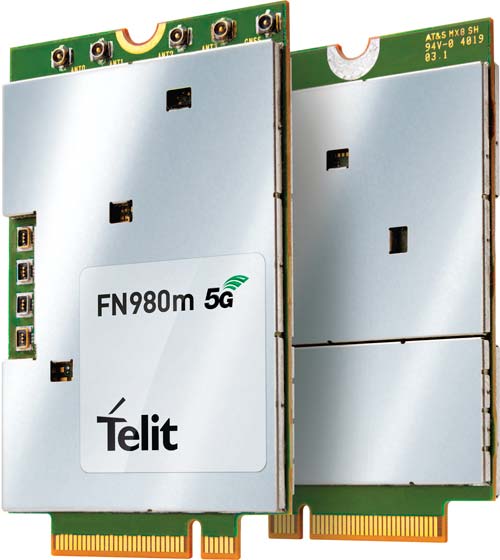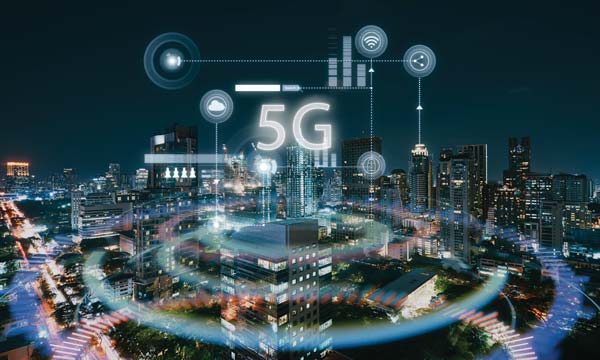 To determine whether and when businesses should start adopting 5G, it is worth taking a look at the three key aspects of 5G. Because these cater to different applications, they each offer different improvements:
To determine whether and when businesses should start adopting 5G, it is worth taking a look at the three key aspects of 5G. Because these cater to different applications, they each offer different improvements:
eMBB (Enhanced Mobile BroadBand) with data transfer rates of up to 20Gbit/s is tailored to digital lifestyle applications as well as high-bandwidth applications such as HD videos, virtual reality and augmented reality. The high-speed data rates allow for ultra-fast loading of websites and for the uninterrupted streaming of video content.
mMTC (Massive Machine Type Communications) offers stable network coverage everywhere in urban environments thanks to a very high connection density of MTC devices. In the final 5G development stage, a million of these connections will be supported per square kilometer, allowing numerous devices to send and receive data in the same wireless cell at the same time without disrupting one another, making connection problems in a full stadium or festival a thing of the past.
uRLLC (Ultra-Reliable and Low Latency Communications) provides latency of under 1ms to allow for time-critical applications where reliability is important—if not essential. It is essential for making autonomous driving, car-to-car and car-to-everything communication possible in the first place, not to mention cloud-based predictive maintenance.
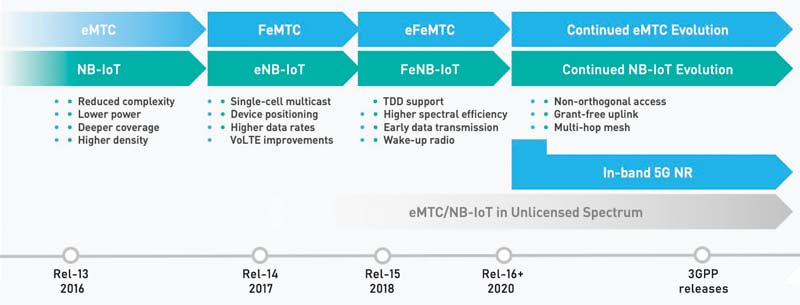
Figure 1: The transition from 4G (LTE-M/NB-IoT) to 5G (mMTC) will be a smooth one—with each 3GPP Release, the technologies will continue to evolve until they ultimately become 5G. ( © Markt&Technik)
New Infrastructure for 5G
The first eMBB 5G products are already available on the market based on 3GPP Release 15. However, most are unable to provide the target data rate of 20Gbit/s. The existing LTE/sub-6GHz bands (Frequency Range 1, FR1) are usually unable to provide enough bandwidth for this purpose, which is why new bands are required for 5G—the mmWave ultra high frequency bands from 24 to 100GHz (FR2).
These require entirely new mobile communications infrastructure, because an LTE radio tower covers an area of several square kilometers around it. mmWave signals only support a maximum range of one kilometer—and this isn’t all around like LTE signals, but rather in just one direction.
Even so, many businesses are already launching their 5G eMBB projects, which the 5G n78 frequency band (3.3 to 3.8GHz) allows them to do. This allows the creation of private or company-specific mobile networks, known as campus networks. These allow businesses to be broadly independent of mobile communication service providers—and lets them gain a headstart in setting up their smart factories.
Long Term Evolution Living Up to the Name
Does the introduction of the new 5G NR standards (New Radio) make the existing LTE designs obsolete? Such concerns are justified, as many 5G FR1 frequency bands overlap LTE bands. But there’s no need to worry—technologies like DSS (Dynamic Spectrum Sharing) allow different standards such as LTE and 5G to share the same frequency band.
5G NR also supports in-band LTE-IoT—which is LTE-M with NB-IoT, so “Long Term Evolution” (LTE) will still live up to its name. The latest LTE-M and NB-IoT solutions are already available and compliant with 3GPP Release 14. Both technologies are undergoing continued development with each new 3GPP Release, until they ultimately—as of today with 3GPP Release 16—become 5G mMTC. This means that LTE-IoT devices currently working using LTE-M and NB-IoT will still work under 5G NR. This is true both for standalone 5G networks (SA) where 5G NR uses a core 5G network, and also for non-standalone networks (NSA), where 5G NR services are provided over a 4G/EPC (Evolved Packet Core) network.
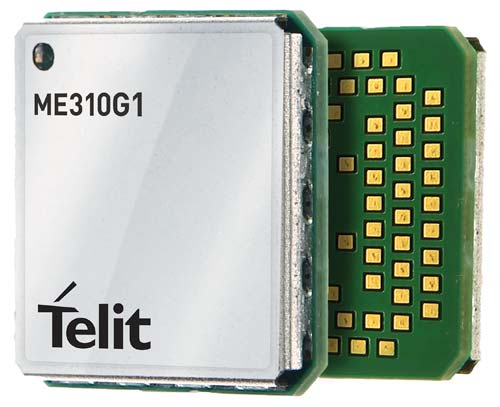
Figure 3: The ME310G1 module enables applications involving thousands or millions of IoT devices. (© Telit)
As a result, it is not only possible for existing LTE and LTE-IoT designs to continue operating seamlessly under 5G—it is actually recommended to already start working on an LTE-M/NB-IoT solution for mMTC applications to ensure a smooth transition down the line.
Components for the First Steps
If you want to jump right in to 5G, Rutronik already has the right components for it. For eMBB implementations, the FN980m 5G/LTE card from Telit is one of the first to support 5G 3GPP Release 15 with sub-6GHz frequencies FDD and TDD as well as mmWave, LTE, WCDMA and GNSS. 5G therefore offers downlink capacity of up to 5.5Gbit/s and uplink capacity of up to 2.7Gbit/s, while 4G still only allows 2.4Gbit/s in the downlink and 211Mbit/s in the uplink. With the standard M.2 (NGFF) form factor and an operating temperature of –40 to +85°C, it is suitable for wireless fixed network access points with high transmission rates, corporate routers and gateways, indoor and outdoor end devices (Customer Premises Equipment, CPE), video transmission and monitoring. The FN980 card model is also available as a purely 5G/LTE sub-6GHz solution.
Telit has added the ME310G1 module to its xE310 family specifically for mMTC applications. Support for 3GPP Release 14 Cat M1/NB2 with Power Saving Mode (PSM) and Extended Discontinuous Reception (eDRX) allows for IoT applications with low energy consumption and longer battery life. It is ideal for applications involving thousands or millions of IoT devices where not only energy efficiency but also low costs are more important than high-speed data rates (e.g. medical devices, fitness trackers, industrial sensors, smart meters). With a maximum coupling loss (MCL) of up to 15dB/20dB, the module also offers better coverage and thus better penetration into buildings compared to previous cellular LTE standards.
Nordic Semiconductor also offers a solution for LTE-M and NB-IoT (3GPP Release 13) in the form of the nRF9160 SiP (System in Package) module. This extremely compact, highly-integrated SiP is pre-certified for global operation. It provides the application MCU, an ARM Cortex-M33 CPU with ARM TrustZone and ARM CryptoCell security technologies, the LTE modem, and RF front end and power management in an enclosure measuring 10mm × 16mm × 1mm. For asset tracking with precise position detection, there is a version with GPS support. With many digital and analog interfaces as well as peripheral devices, the nRF9160 is ideal for connecting devices to the internet via a mobile network, for logistics and asset tracking, for smart metering, smart city applications, smart infrastructure, smart agriculture, wearables and medical applications.
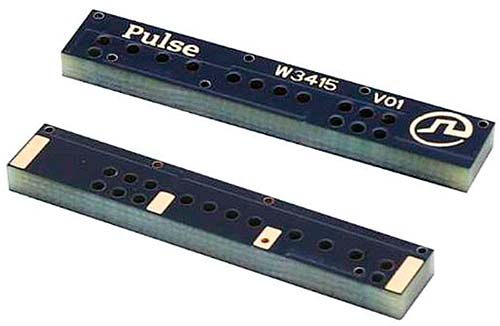
Figure 5: 5G, 4G, 3G or 2G, GNSS, WiFi, Bluetooth and more—PulseLarsen’s W3554 ultra-broadband dipole antenna can do it all. (© PulseLarsen)
Antennas for 5G Applications
5G antennas are also already part of the Rutronik portfolio. With a frequency range of 698 to 6000MHz, the W3554 series ultra-broadband dipole antenna from PulseLarsen is suitable not only for 5G applications, but also 2G, 3G and 4G as well as GNSS, WiFi, Bluetooth, Bluetooth Low Energy, ZigBee and the 868, 915, 2400 and 5000MHz ISM bands. The PCB antenna measures just 30mm × 120mm × 0.2mm.
The compact W3415 5G SMD antenna from PulseLarsen supports all sub-6GHz bands (4G and 5G) with a size of just 40mm × 7mm × 3mm. With multiple antennas on one board, MIMO (multiple input, multiple output) allows for optimum use of 5G. One antenna can be used as the main antenna, while one can be used as a diversity antenna.
Power Supply, Computing and Other 5G Aspects
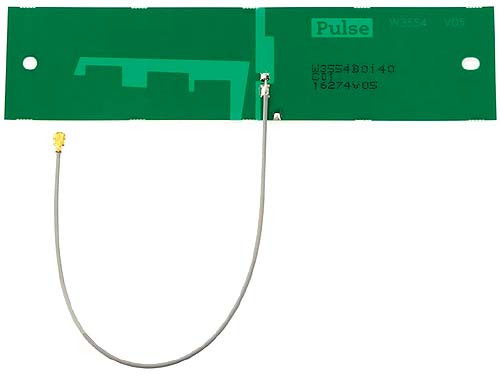
Figure 6: The compact W3415 SMD antenna from PulseLarsen supports all sub-6GHz bands (4G and 5G). (© PulseLarsen)
For developing an internal campus network, FSP provides special 5G network components. These are suitable for supplying base stations, access networks, data centers or individual network devices. Thanks to the supplier’s expanded and revised portfolio, the need to design network components yourself is finally a thing of the past.
Rutronik is also able to develop custom solution concepts for network-based information processing using products from Asus, Advantech and Intel. And if even the distributor’s considerable portfolio is unable to meet all of a customer’s needs, Rutronik can still call upon numerous partner companies as a member of the 5G Campus Network Alliance.
Conclusion
To provide global 5G network coverage, cellular infrastructure will see major changes, especially through campus networks. The driving force of this change will be the improvements enabled by the 5G application profiles. But those developing on the basis of LTE have no reason to fear—LTE will survive under 5G.
Author: Anja Schaal, Team Leader Product Marketing Wirless
Rutronik | https://www.rutronik.com
![]()



